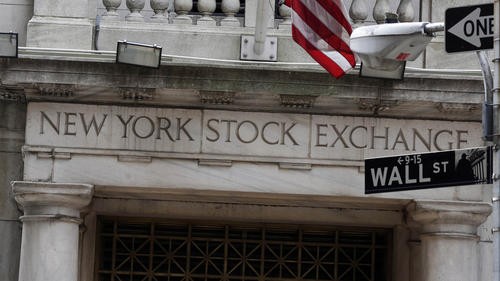Cash as an Investment Strategy for Deflation
Post on: 22 Апрель, 2015 No Comment

Reading time: 9 15 minutes
D eflation is said to occur when general price levels fall.
The last important example of general deflation in the United States occurred during the Great Depression.
The US Consumer Price Index fell from a high of 18.000 in November 1925 to a low of 12.600 in March 1933, a drop of 30%, and prices stayed at these low levels throughout the decade, until World War II.
Those who had cash in 1925 and were able to keep it despite thousands of banks closing, would have earned about 30% in terms of buying power by 1933.
Great Depression: Family on the road after picking cotton, hoping for relief in next town.
On the other hand, people who had a mortgage outstanding in 1925 and still had the mortgage in 1933 would have found it much more difficult to sustain the payments.
New fears of deflation
F ederal Reserve officials and central bankers around the world often regard deflation as a greater risk than inflation.
Fear of deflation is the reason that the Federal Reserve keeps short-term interest rates low while pumping money into the economy.
One explanation for fear of deflation is that central bankers have weaker tools to fight deflation, than inflation. The consequences of inflation are often less painful than the consequences of deflation.
Other reasons why central bankers are wary of deflation:
Great Depression: Many lost their life savings when banks failed.
- Since abandonment of the gold standard in 1971, inflation has become common and deflation rare. Most central bankers havent had a chance to deal with deflation in the wild, as it were.
- The primary recent US example of deflation, the Great Depression, was marked by a failure of government to deal effectively with the phenomenon.
- Economic history of the Great Depression has been, more often than not, severely distorted by politically motivated historians, with the task of burnishing the image of Franklin Roosevelt. This historical bias has seeped into academic economic theory.
Great Depression: One of many failed New Deal programs in which the government tried to create jobs in private sector.
There are cases where deflation has been cured quickly, such as the Depression of 1920-1921, when prices fell 15% and unemployment rose — but the economy recovered in just 18 months. Economists of different political persuasions have different interpretations of this fast recovery.
Since economists are more like cultists than scientists, a lack of consensus does not contribute to clear thinking.
Some would say that deflation is not that bad, unless one is a socialist who cannot accept common sense solutions (like not raising taxes on entrepreneurs or bad-mouthing business). A prolonged deflation like that which occurred during the Roosevelt years is what economists fear.
Under the Obama administration, US central bankers are now wary of both deflation and inflation.
What causes deflation?
T here are different kinds of deflation that are brought about under different circumstances.
Here are some obvious causes and types of deflation:














